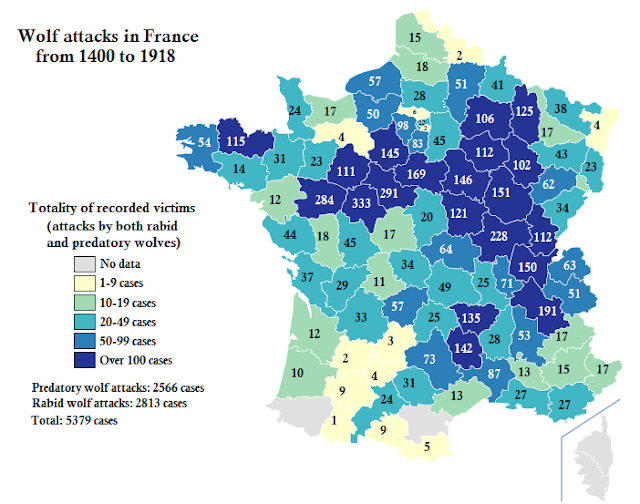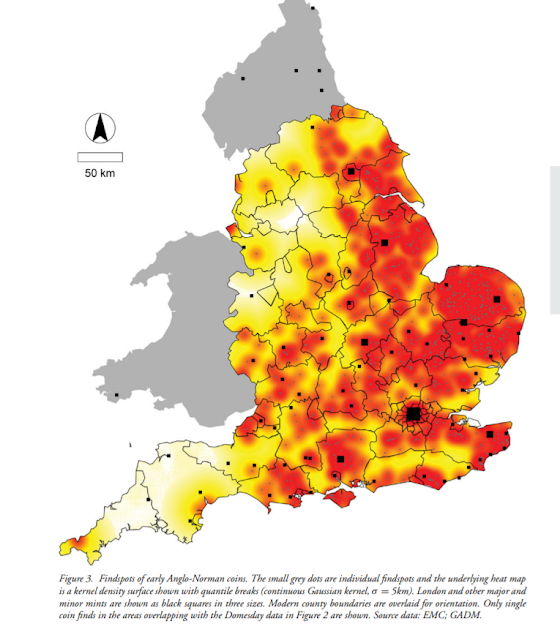The Wakefield Rolls record a Robert Hood who lived in Wakefield in 1316 with his wife Matilda, he was son of Adam Hood, a forester.
Some think that had property in the Village of Wragby, the parish church is set in the grounds of Nostell Priory. The Priory was founded in 1120 in the Reign of King Henry I by his chaplain Ralph Adlave as a Priory for the Canons of St Austin, on the site of a church set in St Oswalds Wood which had been occupied by Christian monks and hermits from 665 AD who had built the Church and a little hall. The Priory was decicated to St Oswald and the Norman Baron Robert de Laci granted land in Hardwick to support it.
In the Gest of Robin Hood, the little known Saint Austin is referenced by King Edward who entered the Greenwood in the guise of an Abbot
They all kneeled down on their knee
Fittingly, before Robin;
The king noted this himself,
And swore by Saint Austin,
‘Here is a wondrous, goodly sight
I think, by God’s agony,
His men are more at his bidding
Than my men are at mine’.
Very quickly was their dinner prepared,
And in to eat they went;
They served our king with all their might,
Both Robin and Little John.
Right in front of our king was set
The fat venison;
The good white bread, the good red wine,
And also fine ale, and brown.
‘Make good cheer’, said Robin,
‘Abbot, for charity,
And because of this same tiding,
Blessed may you be.
Nostell Priory's wooded landscape is on the edge of the Went Valley that leads to Wentbridge, and it would have been an established order at the time of Robin Hood, in the Wragby Parish Church, ancient yew trees dating back to the middle ages grow in the churchyard, These were used for bows used by Robin, Little John and the Merry Men as referenced by the Gest.
Then up spoke Little John,
To Much he did say,
‘I dare lay my life in pledge,
That these monks have brought our pay.’
‘Be of good cheer,’ said Little John,
‘And ready our bows of yew,
And look your hearts be strong and sober,
Your strings trusty and true.
The monk has two and fifty men,
And seven packhorses strong;
There rides no bishop in this land
So royally, as I reckon.
Brethren,’ said Little John,
‘Here are no more than we three;
Unless we bring them to dinner,
Our master we may not see.
Bend your bows,’ said Little John,
‘Together you must stand;
The monk at the front, his life and his death,
Are held in my hand.

The Church of St Michael and Our Lady - built in the 1533 after the destruction of the Priory at the hands of Henry VIII on the site of an earlier medieval church is dedicated to St Michael and the referencing of "Our Lady" eight times by Robin Hood in the Gest, including his building a chapel in Barnsdale to Our Lady, so the church may stand on the site of a candidate for Robin Hood's Barnsdale chapel, along with South Kirkby and
Campsall.























